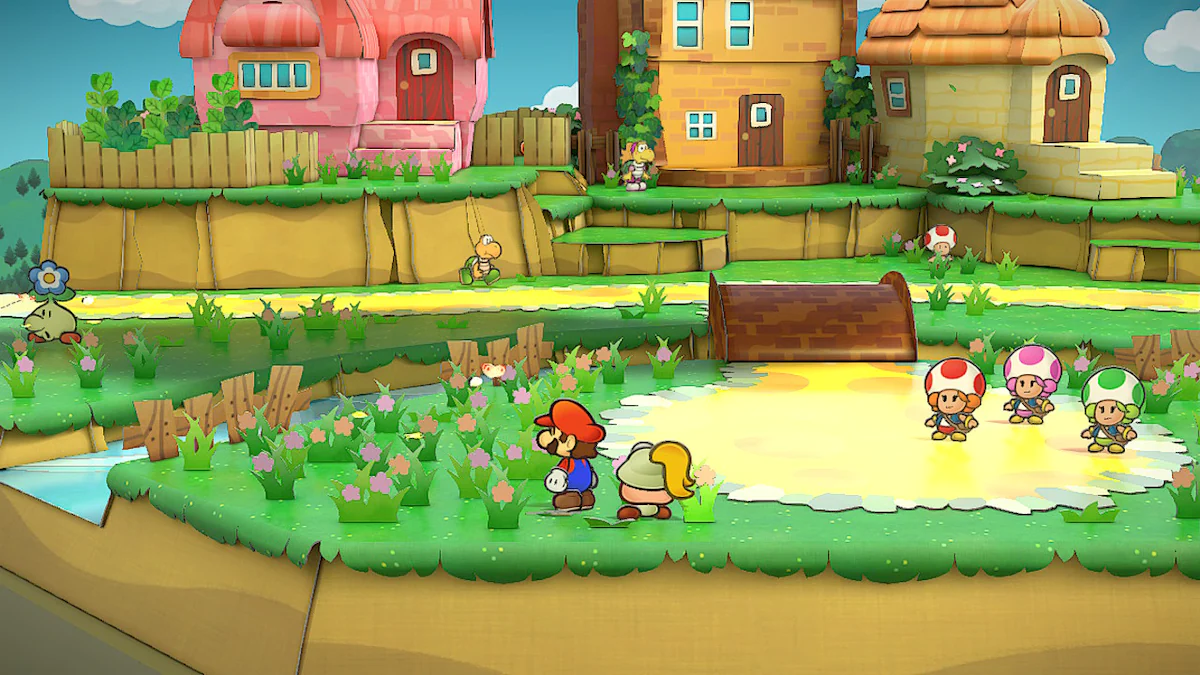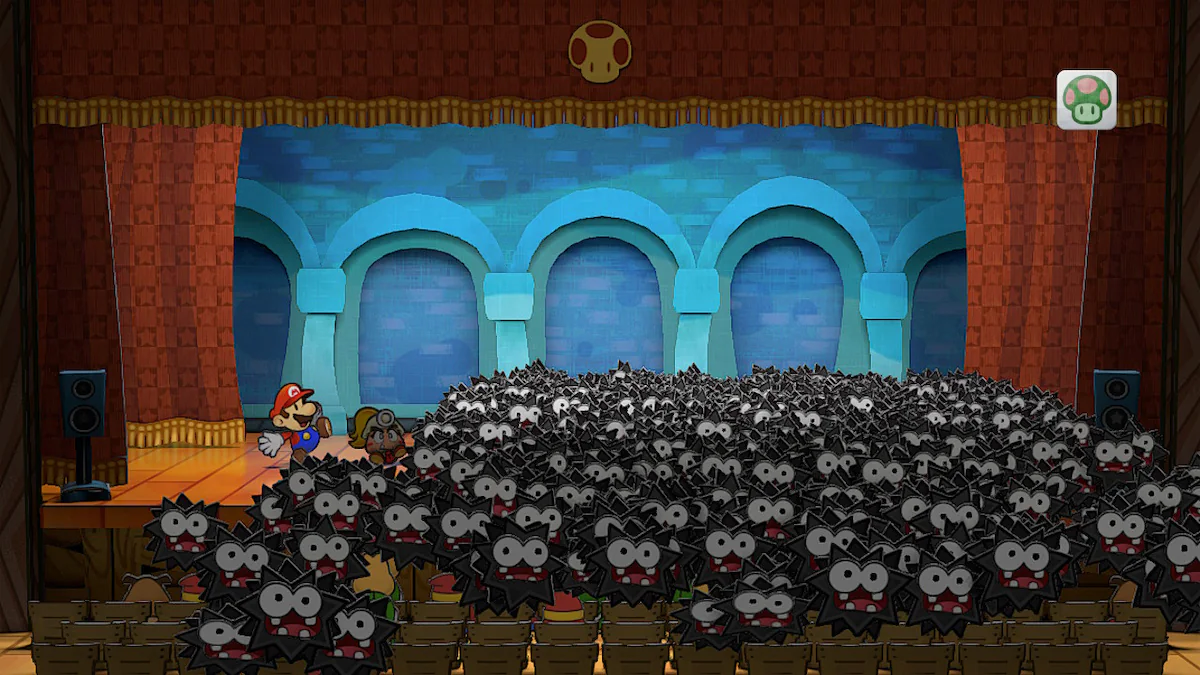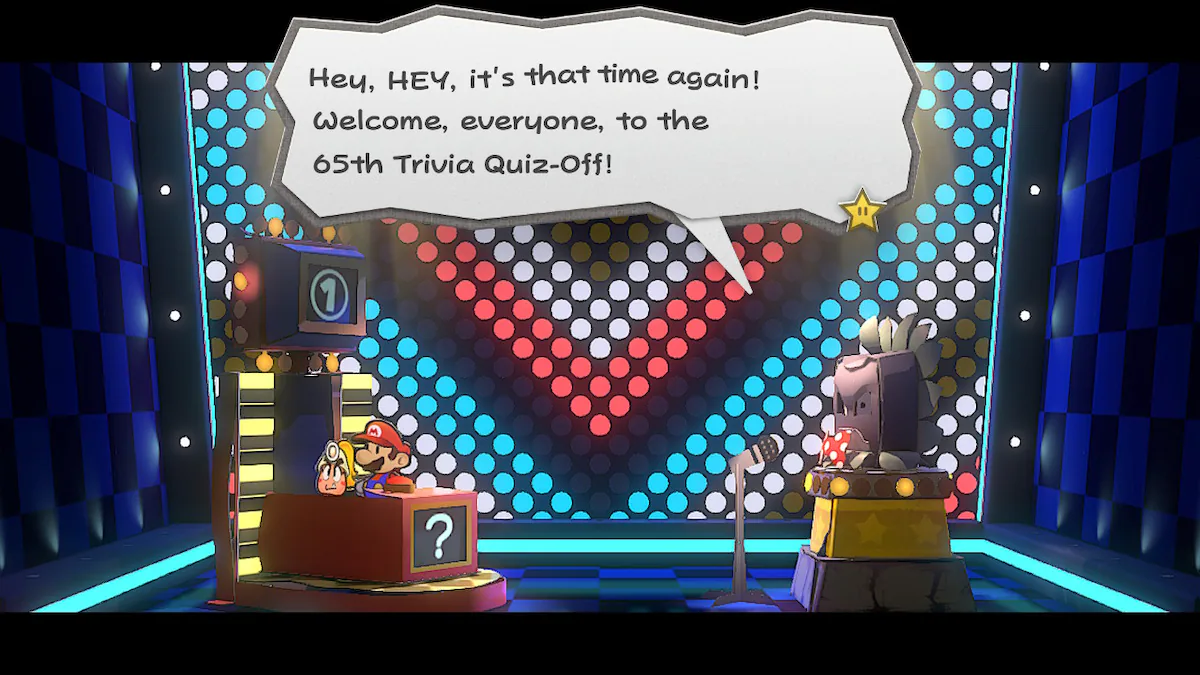© ROOT-NATION.com - Use of content is permitted with a backlink.
Critics like to claim that Nintendo games are formulaic and repetitive, always sticking to the same old Mario formula. But that’s an easy critique to refute – just look at the wonderfully unique Paper Mario series. Back in 2000, when 3D graphics were all the rage, Nintendo boldly went in the opposite direction by flattening their iconic hero into a 2D paper world. That’s how the ingenious Paper Mario series was born, and it’s still going strong today. A few years ago we reviewed the impressive Paper Mario: The Origami King, and now in 2024, we see the return of Paper Mario: The Thousand-Year Door, widely considered the absolute best entry in the entire series.

It’s not easy to definitively say which Paper Mario game is the best – everyone has their own personal favorite. Heck, I even enjoyed Color Splash for its fantastic dialogue, if not necessarily the gameplay itself. But The Thousand-Year Door really does seem to embody all the best qualities of the series – an unpredictable, hilarious script; a quirky cast of interesting characters; and that classic RPG-inspired gameplay that made the series so beloved in the first place. But was remaking a game that already looked great really worth it?
Well, you just need to fire it up – preferably on a console with an OLED screen. The vibrant colors and stellar visuals immediately grab your attention. The GameCube original has been gorgeously remastered, with the world sparkling with newfound color and detail. What didn’t need changing, like the brilliant writing, was wisely left alone. But any outdated elements got a fresh revamp. They even fixed issues from the old English translation, like restoring an important plot point about Vivian being transgender that was weirdly omitted from the 2004 version but is back in the remake.
Read also: Rise of the Ronin review: More Samurai goodness from PlayStation

As I mentioned earlier, visually the new version is impressive. And yes, even with the frame rate dropping to 30fps. I know some see that as a cardinal sin, but it’s not an issue for me – after all, this isn’t a platformer or shooter, it’s a turn-based RPG. If I were Nintendo, I’d prioritize resolution over framerate too. The stunning final image proves it was the right call. The audio holds up its end too – the original soundtrack gets new life with orchestral arrangements, though you can toggle to the classic tunes if you prefer.
Despite The Thousand-Year Door’s RPG mechanics being more intricate than recent entries, it’s still very much a breezy, light-hearted RPG experience. It’s tough to actually die or lose outright. But that’s not the point. The real draw is enjoying the humor and delightfully weird world. The game keeps things fresh by throwing curveballs, switching up protagonists or gameplay styles on a whim.
Read also: Star Wars: Dark Forces Remaster review: Retro to a fault

The combat system is simple but clever – not only can Mario attack enemies and use items/special moves, but he can also play to the audience. Every battle is a theatrical performance, and the cooler your attacks look, the more you intentionally ham it up for the crowd, the easier time you’ll have emerging victorious.
This Paper Mario: The Thousand-Year Door remake does everything you’d want from a release like this. It treats the source material with care, while also correcting some missteps from the original Western localization. It modernizes aspects without oversimplifying anything. The developers clearly listened to fan feedback, streamlining bloated areas, squashing lingering bugs, and even teaching Mario and pals new tricks. The end result is one of the standout game releases of the year.
Read also: Star Wars: Dark Forces Remaster review: Retro to a fault

